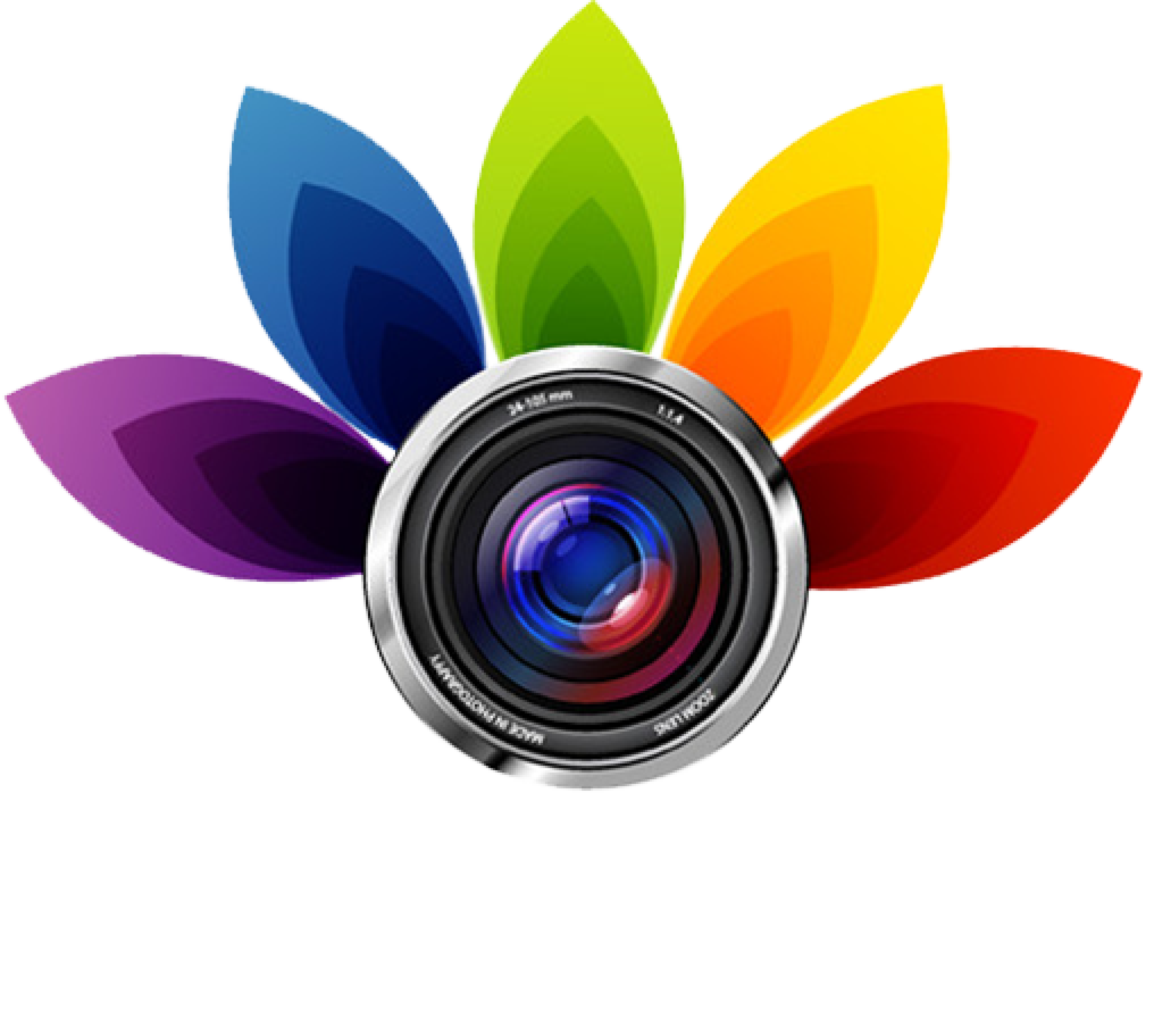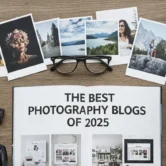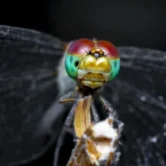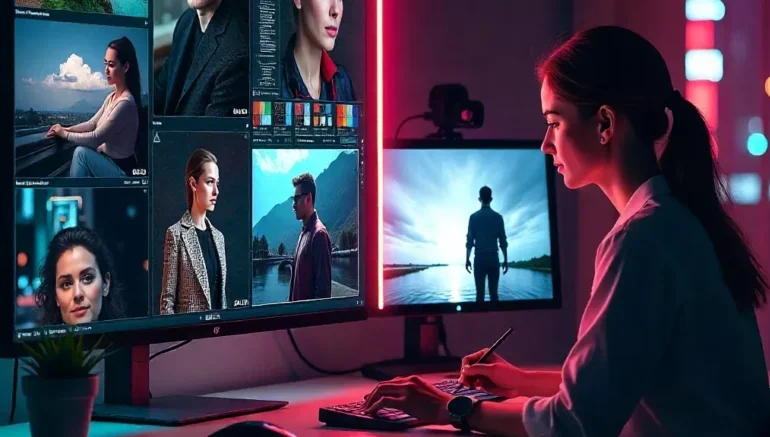
Comparing AI and Manual Photo Editing for Photography Types
AI and manual photo editing is one of the biggest topics in photography today. Many photographers and editors are curious which one gives better results, especially when working with different styles like portraits, fashion, products, or landscapes. AI tools are fast and can handle bulk edits in seconds, but they sometimes miss the small details that give photos their natural look. On the other hand, manual editing takes more time but gives you full control over every detail, making it a trusted choice for many professionals. Knowing the strengths and limits of each method can help you choose the right approach for your work.
When comparing these two methods, it’s not always about which one is better, but about which one fits the situation. For example, a product shoot with hundreds of images may benefit from AI speed, while a wedding portrait often needs the careful touch of manual editing. Each photography genre has its own demands, and learning when to rely on AI and when to trust human skill can save time and improve quality. This guide will walk you through those differences in a simple way, so you can make smarter choices for your projects.
Introduction to AI vs Manual Photo Editing
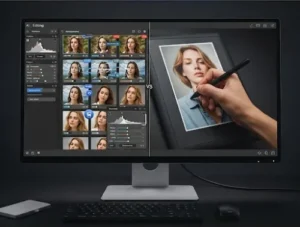 Photo editing has always been an important part of photography, and today there are two main approaches; AI-powered tools and manual editing. AI tools are designed to work fast, automatically adjusting colors, removing backgrounds, and fixing common issues in seconds. On the other hand, manual editing gives photographers full control, allowing them to make detailed changes with precision and creativity. Comparing AI vs Manual Photo Editing helps us understand not only how each method works but also which one is more suitable for different photography needs. Both have their strengths, and the right choice often depends on the project.
Photo editing has always been an important part of photography, and today there are two main approaches; AI-powered tools and manual editing. AI tools are designed to work fast, automatically adjusting colors, removing backgrounds, and fixing common issues in seconds. On the other hand, manual editing gives photographers full control, allowing them to make detailed changes with precision and creativity. Comparing AI vs Manual Photo Editing helps us understand not only how each method works but also which one is more suitable for different photography needs. Both have their strengths, and the right choice often depends on the project.
When choosing between the two, it’s important to look at factors such as speed, accuracy, and the type of photography involved. AI editing can save time, but manual editing often produces a more polished and natural look. Photographers and editors need to weigh their priorities before deciding which method to use. If you are unsure about which one fits your work, here are some simple tips to guide your choice:
- Use AI editing when you need quick results for large batches of photos.
- Choose manual editing when working on detailed or creative projects like portraits, jewelry, or fashion.
- Consider mixing both methods for a balance of speed and quality.
AI Editing in Modern Photography
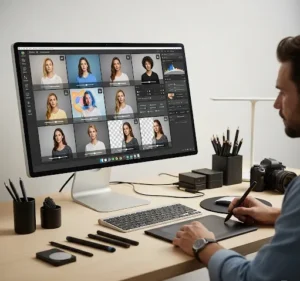 AI editing has quickly become a regular tool in today’s photography world. With just a few clicks, AI software can correct colors, adjust brightness, smooth skin, or even remove backgrounds in seconds. This speed makes it very useful for photographers who handle a large number of photos, like those in e-commerce or event photography. The technology is designed to save time and reduce repetitive tasks that would normally take hours if done manually. While it may not always offer the same artistic touch as a human editor, it’s effective in creating polished images quickly.
AI editing has quickly become a regular tool in today’s photography world. With just a few clicks, AI software can correct colors, adjust brightness, smooth skin, or even remove backgrounds in seconds. This speed makes it very useful for photographers who handle a large number of photos, like those in e-commerce or event photography. The technology is designed to save time and reduce repetitive tasks that would normally take hours if done manually. While it may not always offer the same artistic touch as a human editor, it’s effective in creating polished images quickly.
Modern AI editing tools also keep improving, learning from patterns and producing results that look better over time. Many of them are beginner-friendly, making it possible for even new photographers to achieve professional-looking images. However, photographers should understand when to rely on AI and when manual editing is better for adding creativity and precision.
Here are some tips:
- Use AI for basic edits like exposure, cropping, or background cleanup.
- Don’t fully depend on AI for creative or detailed retouching.
- Always review and adjust AI-edited photos to maintain a natural look.
- Pair AI tools with manual editing for the best results.
Manual Editing for Perfect Photos
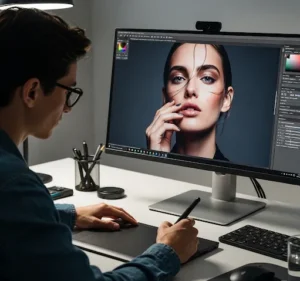 Manual photo editing is often seen as the gold standard in photography because it gives editors full control over every detail. Unlike automated tools, manual work allows for soft adjustments that highlight the natural beauty of a photo without making it look artificial. This is especially important in fields like portraits, fashion, or jewelry photography where accuracy and realism matter. With a skilled editor’s eye, details such as lighting, skin tones, shadows, and reflections can be adjusted in a way that matches the creative vision of the project. The process may take more time, but it assures consistency and high-quality results.
Manual photo editing is often seen as the gold standard in photography because it gives editors full control over every detail. Unlike automated tools, manual work allows for soft adjustments that highlight the natural beauty of a photo without making it look artificial. This is especially important in fields like portraits, fashion, or jewelry photography where accuracy and realism matter. With a skilled editor’s eye, details such as lighting, skin tones, shadows, and reflections can be adjusted in a way that matches the creative vision of the project. The process may take more time, but it assures consistency and high-quality results.
One of the strengths of manual editing is that it allows for creativity and precision at the same time. Instead of relying on preset filters, editors can decide what works best for each photo. This personal touch helps bring out the intended mood and style, making the image more appealing. For those who want their photos to look natural and professional, manual editing remains the best choice. If you are considering manual editing for your own work, here are a few helpful suggestions:
- Work on a calibrated monitor to make sure colors look accurate.
- Take your time with details such as skin retouching or background cleaning.
- Always keep the original file so you can compare before and after results.
- Focus on consistency if you are editing a batch of photos, like for a wedding or product catalog.
Comparing AI vs Manual Photo Editing in Different Genres
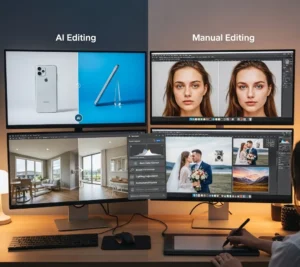 AI and manual editing can be useful in different ways depending on the photography genre. For example, AI works well in product photography where speed and consistency matter. It can quickly remove backgrounds, fix lighting, and adjust colors for hundreds of product images in one session. Manual editing, however, is often preferred in genres like portrait or wedding photography where emotions and small details matter. Human editors can adjust skin tones, remove distractions, and balance the mood of a photo in ways AI still struggles to achieve.
AI and manual editing can be useful in different ways depending on the photography genre. For example, AI works well in product photography where speed and consistency matter. It can quickly remove backgrounds, fix lighting, and adjust colors for hundreds of product images in one session. Manual editing, however, is often preferred in genres like portrait or wedding photography where emotions and small details matter. Human editors can adjust skin tones, remove distractions, and balance the mood of a photo in ways AI still struggles to achieve.
When comparing both, it’s clear that the choice depends on the type of work and client needs. AI saves time and cost for high-volume editing, while manual editing brings more creativity and control for special moments.
Here are a few tips:
- Use AI for bulk editing, such as eCommerce, real estate, or social media content.
- Choose manual editing for portraits, weddings, and fine art photography.
- Consider a mix of both methods for efficiency without losing quality.
- Always think about the client’s expectations before deciding which approach works best.
When to Rely on AI and When to Choose Manual Editing
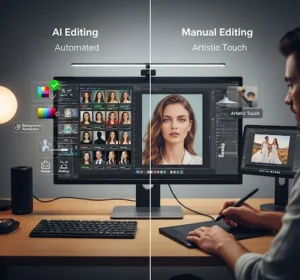 AI and manual editing both have their own strengths, and knowing when to use each one can save time and deliver better results. AI is best for quick tasks that don’t need a lot of personal touch. For example, background removal, resizing, or color adjustments can be done in seconds with AI tools. This makes it ideal for eCommerce stores, real estate listings, and social media content were speed and consistency matter most.
AI and manual editing both have their own strengths, and knowing when to use each one can save time and deliver better results. AI is best for quick tasks that don’t need a lot of personal touch. For example, background removal, resizing, or color adjustments can be done in seconds with AI tools. This makes it ideal for eCommerce stores, real estate listings, and social media content were speed and consistency matter most.
Manual editing, on the other hand, shines when creativity and precision are required. Portraits, wedding photos, and jewelry shots often need a human eye to adjust tones, refine details, and bring out emotions that AI cannot fully recognize. A photo editor can make choices based on mood, style, and client preferences; something automation can’t yet match.
The best approach is often a mix of both. AI can handle repetitive work to save time, while manual editing can be applied for the final touches to assures quality. By knowing when to rely on each method, you can achieve efficiency without sacrificing the artistry that makes photos truly stand out.
Finding Balance Between AI and Manual Retouching
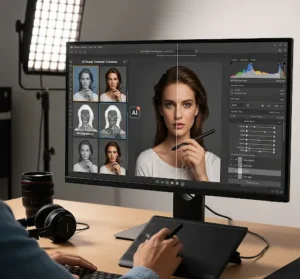 AI photo editing tools are getting smarter every year, making it easy to finish tasks that once took hours. They are great for quick adjustments like fixing exposure, cropping, or removing a plain background. However, relying only on AI can sometimes make photos look flat or too “perfect,” losing the natural feel that people usually prefer. Manual retouching adds that human touch, where an editor can adjust skin tones, highlight details, or even change the mood of the photo based on the story it should tell.
AI photo editing tools are getting smarter every year, making it easy to finish tasks that once took hours. They are great for quick adjustments like fixing exposure, cropping, or removing a plain background. However, relying only on AI can sometimes make photos look flat or too “perfect,” losing the natural feel that people usually prefer. Manual retouching adds that human touch, where an editor can adjust skin tones, highlight details, or even change the mood of the photo based on the story it should tell.
The real secret is not choosing one over the other, but knowing how to use both together. For many photographers and businesses, combining AI with manual editing gives the best results. AI can handle the repetitive or time-consuming parts, while manual retouching makes the final image looks polished and true to its purpose. This balance saves time without lowering quality, which is especially helpful for high-volume work like eCommerce or portraits.
Here are a few tips for finding the right mix:
- Use AI for bulk tasks such as resizing, background removal, or color correction.
- Save manual retouching for detailed work like skin editing, jewelry polishing, or creative styling.
- Always review AI-edited photos before publishing to make sure they look natural.
- Develop a workflow that blends AI speed with human creativity to get consistent, high-quality results.
Conclusion
Choosing between AI and manual photo editing doesn’t have to be complicated. Each method has its own strengths; AI for speed and efficiency, manual editing for precision and creativity. The key is knowing when to use each, or even combining both to get the best results. By understanding your project, your audience, and the type of photography you’re working with, you can make smarter decisions that save time and improve quality. What has worked best for your photos so far, AI, manual editing, or a mix of both? Share your experiences in the comments below and let’s discuss how different approaches can create amazing results.
Read Next: 10 Creative Wedding Party Photo Ideas to Make the Day Unforgettable
